



Ivan Seal

Morgan Fisher
Exterior and Interior Color Beauty
"The booklet Exterior and Interior Color Beauty represents the wish to rationalize relations among color, expressing in the realm of the decorative the wish of General Houses, Inc. to rationalize the design and production of housing. At the root of such rationalization is the imperative to limit choice, to simplify, to standardize. Morgan Fisher’s wish to make work that escapes the pitfalls of composition expresses similar principles, of which the paintings in this exhibition are examples."


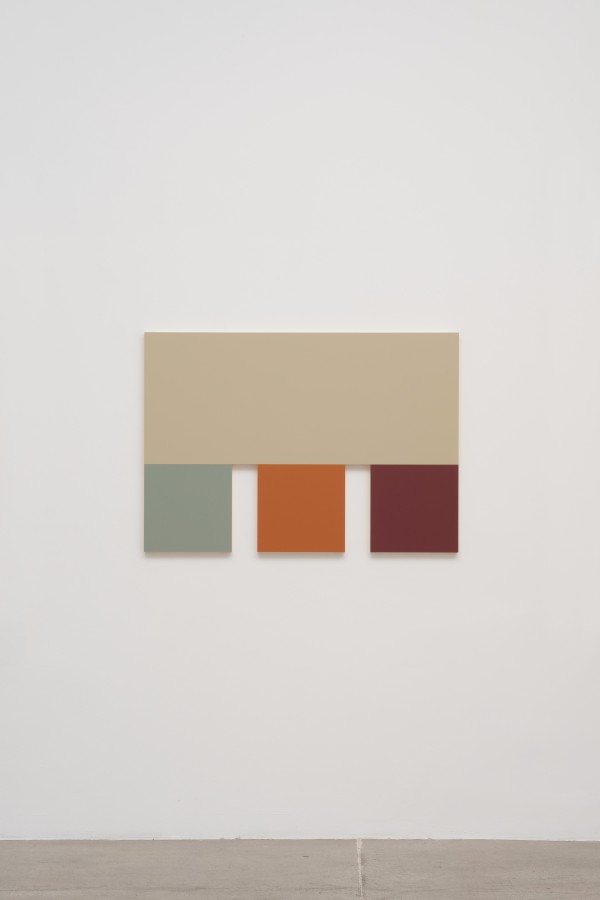
Camilla Wills
Dictated from the Bed
Dictated from the bed, 2011 from Camilla Wills on Vimeo.
Charlie Kaufman
I run in my neighbourhood, and one day I ran past this guy running in the other direction: an older guy, a big hulky guy. He was struggling, huffing and puffing. I was going down a slight hill and he was coming up. So he passes me and he says: "Well, sure, it's all downhill that way." I loved that joke. We made a connection. So I had it in my head that this is a cool guy, and he's my friend now.
A few weeks later, I'm passing him again, and I'm thinking: "There's the guy that's cool." As we pass each other, he says: "Well, sure, it's all downhill that way." So I think: "Oh, OK. He's got a repertoire. I'm not that special. He's probably said it to other people, maybe he doesn't remember me ... but OK." I laughed, but this time my laugh was a little forced.
Then I pass him another time, and he says it again. And this time he's going downhill and I'm going uphill, so it doesn't even make sense. And I started to feel pain about this, because I'm embarrassed for him and I think maybe there's something wrong with him. And then it just keeps happening. I probably heard it seven or eight more times. I started to avoid him.
I like the idea that the story changes over time even though nothing has changed on the outside. What's changed is all in my head and has to do with a realisation on my character's part. And the story can only be told in a particular form. It can't be told in a painting. The point is: it's very important that what you do is specific to the medium in which you're doing it, and that you utilise what is specific about that medium to do the work. And if you can't think about why it should be done this way, then it doesn't need to be done.
Paulina Olowska
"Oscillating between branding, self-recognition, sexuality, political uniform, and economic indicator, our adornment always reflects a chosen position in and with society."

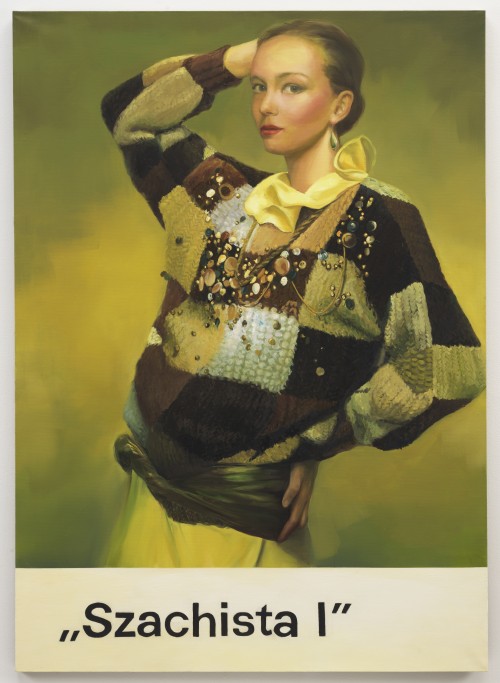

Charline von Heyl




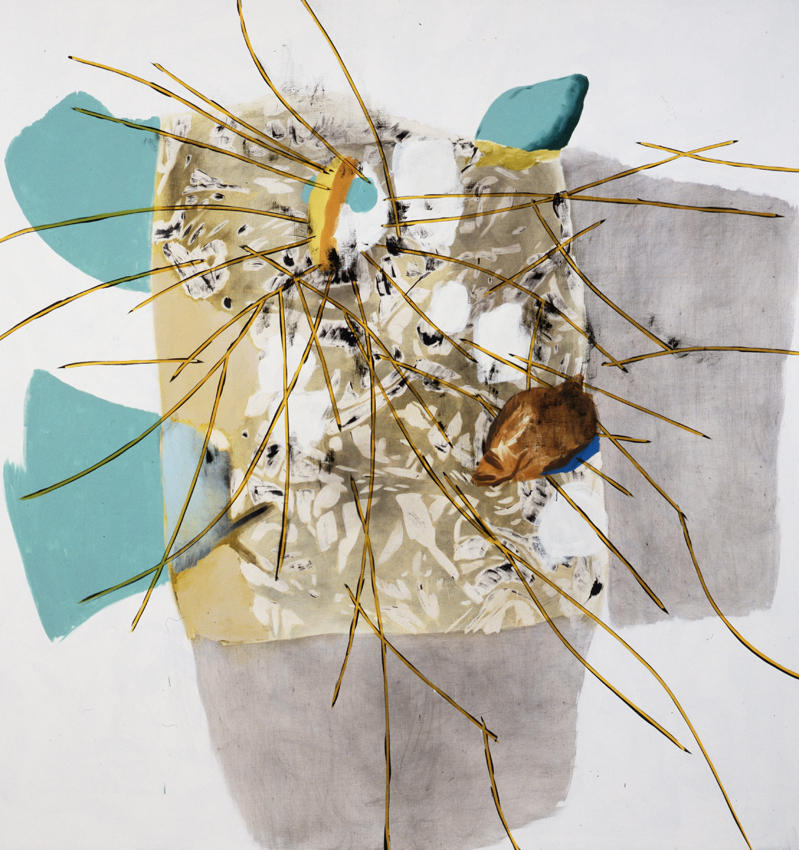
Tommo Gokita



John Miller and Takuji Kogo
ROBOT
Phil Collins
The Unfortunate Thing Between Us
Tanya Bonakdar Gallery, New York



Lawrence Weiner: "Every morning we have an existential crisis; we have to convince ourselves why we are going to participate in certain structures of society. Art is the physical manifestation of a person trying to place themselves in the world. That’s what art is supposed to do—show another way to approach things. [...] It's not about material transcendence; it's about material transformation.
Lucy McKenzie
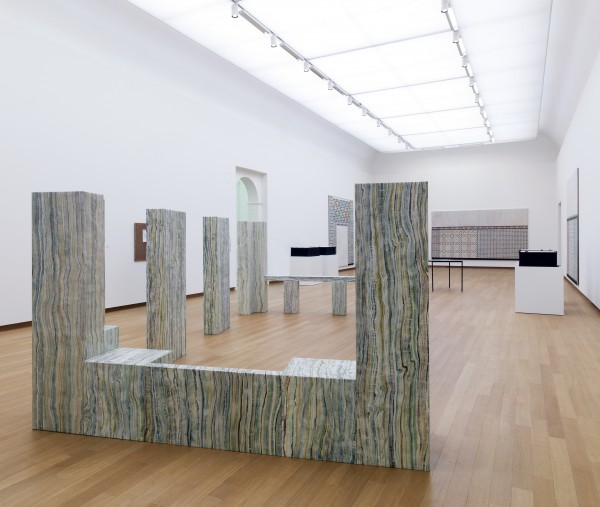


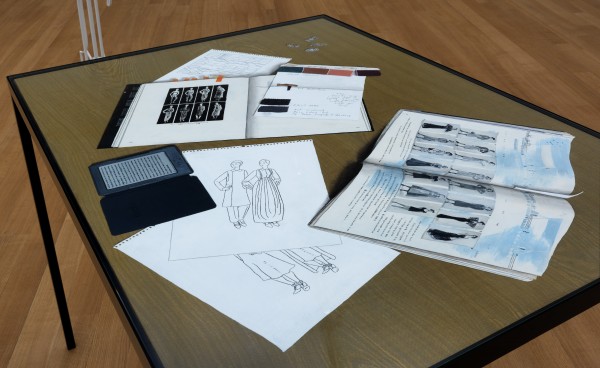
Animation Masks
Jordan Wolfson

Julia Dault
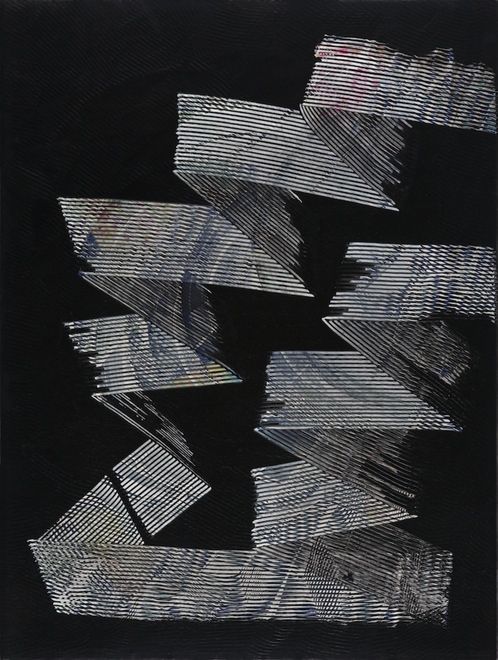
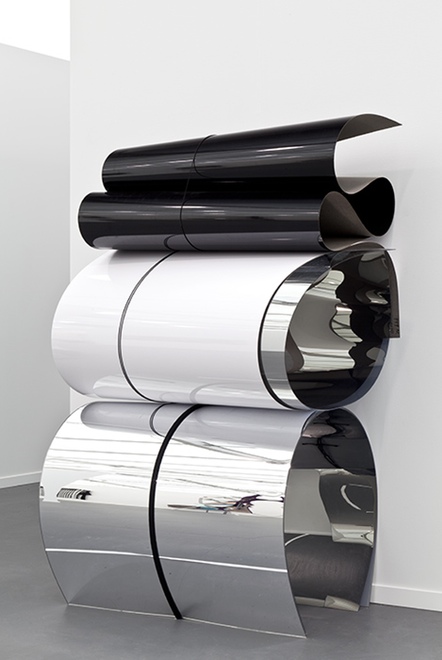


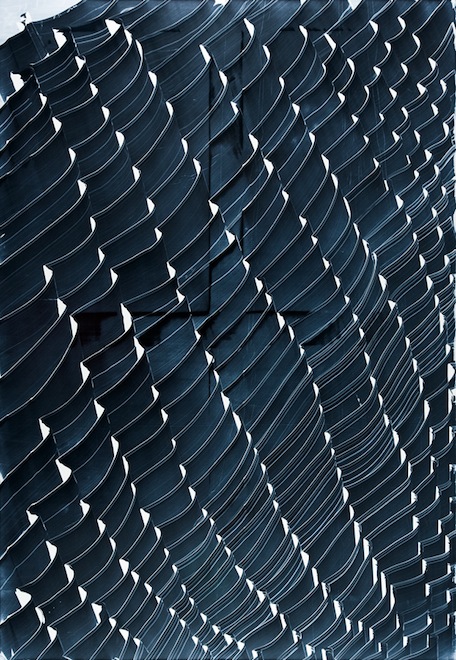
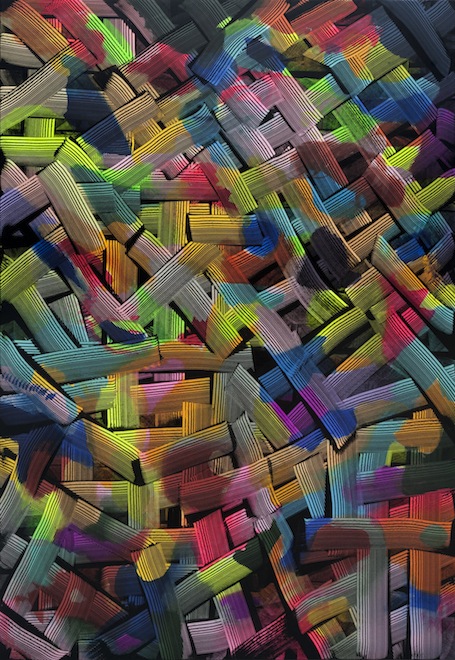
Metahaven
 Criticize the Old World in Content and Advocate a New One in Form
Criticize the Old World in Content and Advocate a New One in FormNo-stop City by Archizoom

The Jogging
From Press Release for installation "Soon" shown at Still House: Through one lens, our digital lives are training us to care less about permanence, to focus our attention on the fleeting beauty of connectivity. But it’s hard to live in the moment, and the devices that could teach us how to do just that more often than not separate us from the reality we seek through them. There is a togetherness in the approaching catastrophe, one that threatens to level all political and religious difference as surely as it threatens to nullify the entirety of land space and the national distinctions that geography provides. It is perhaps more difficult to acknowledge the uniformity of the fate we march towards than the imminent catastrophe itself; to change is to admit defeat. [...] Today’s lifeguards will be tomorrow’s installation photographers.
 Rationed Water (2013); Hydrophobic coating, Tempered Glass, Water, Plastic Bottles,Fierce Apple Gatorade, Blueberry-Pomegranate Gatorade; 58 ⅛ x 33 ½ x 20”
Rationed Water (2013); Hydrophobic coating, Tempered Glass, Water, Plastic Bottles,Fierce Apple Gatorade, Blueberry-Pomegranate Gatorade; 58 ⅛ x 33 ½ x 20” P.H.I.S.H: Pink Hydrographic Integrated Fish Swims Horizontally (2013); Piranhas, Hydrographic film, Screws
P.H.I.S.H: Pink Hydrographic Integrated Fish Swims Horizontally (2013); Piranhas, Hydrographic film, Screws Wayfarer (2013); Vinyl, brass grommets; 60 x 36”
Wayfarer (2013); Vinyl, brass grommets; 60 x 36”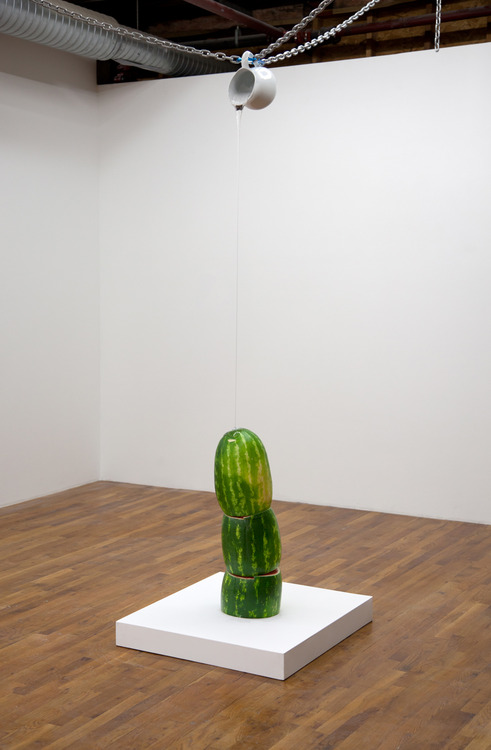 Ceramic Pitcher Pours Water Onto Extremely Rare Genetically Modified Triplet Watermelon (2013); Chain, Metal Carabineer, Porcelain Pitcher, Museum Gel 24 oz.; Dimensions Variable
Ceramic Pitcher Pours Water Onto Extremely Rare Genetically Modified Triplet Watermelon (2013); Chain, Metal Carabineer, Porcelain Pitcher, Museum Gel 24 oz.; Dimensions VariableElizabeth Grosz, Chaos, Territory and Art
"Art is the art of affect more than representation, a system of dynamized and impacting forces rather than a system of unique images that function under the regime of signs...Art and nature, art in nature, share a common structure: that of excessive and useless production--production for its own sake, production for the sake of profusion and differentiation."
Olivier Messiaen's Chronochromie
Luigi Ghirri


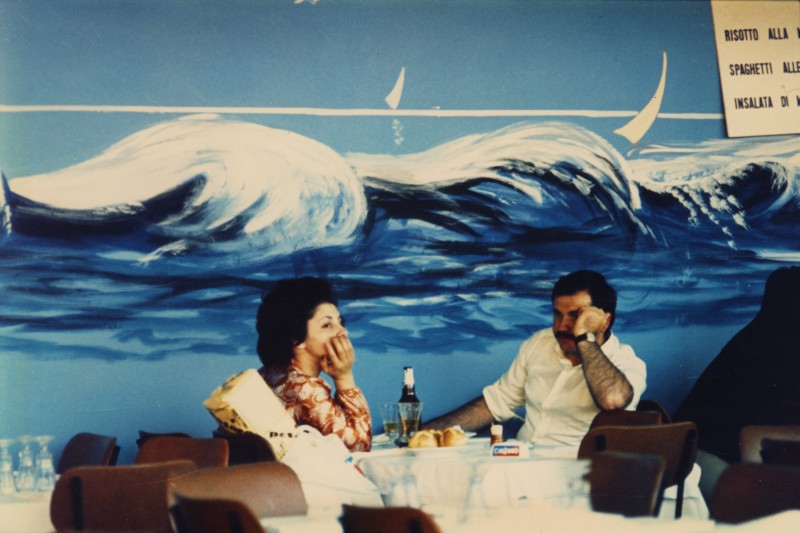
Oliver Laric
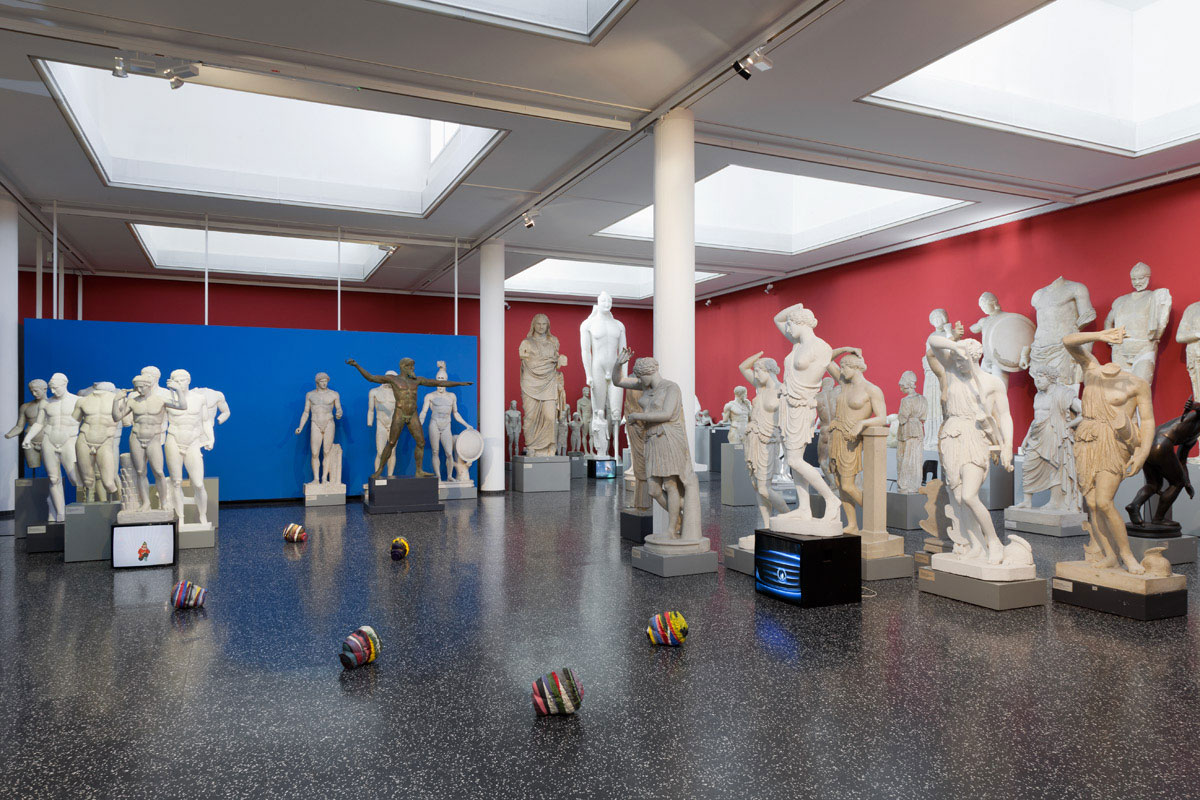


Jim Lambie
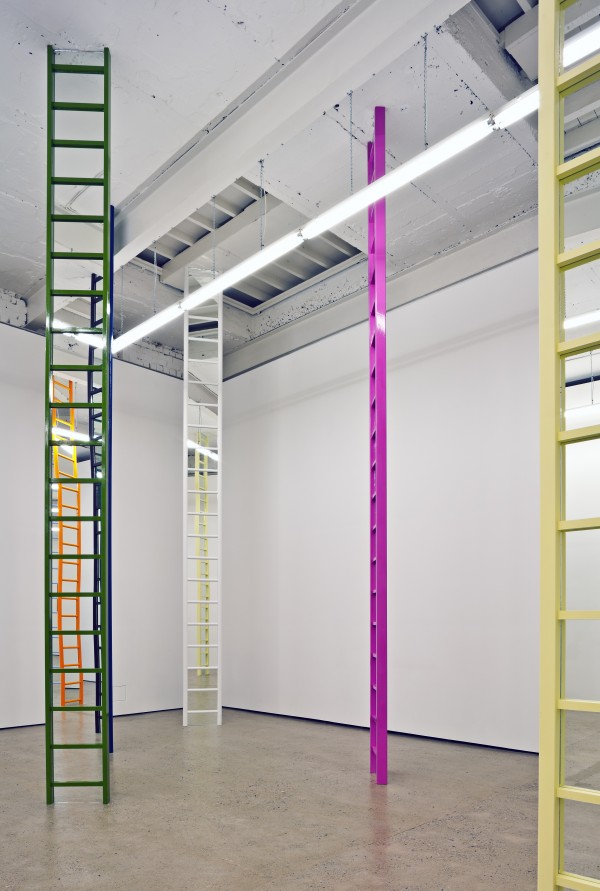

Esther Tielemans


March 1, 2013: Inspired by (and unrelated to) Kafka...

Johan Rosenmunthe



Lisa Shahno
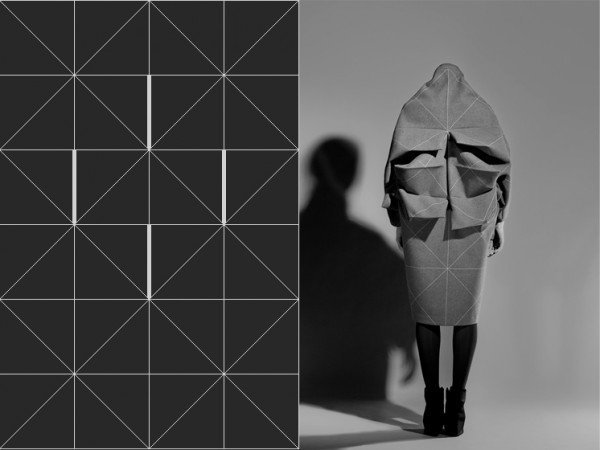

John Divola
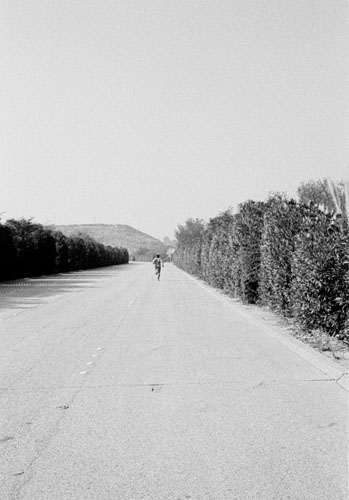

Alex Da Corte





Roger Hiorns



Martin Soto Climent










Analia Saban


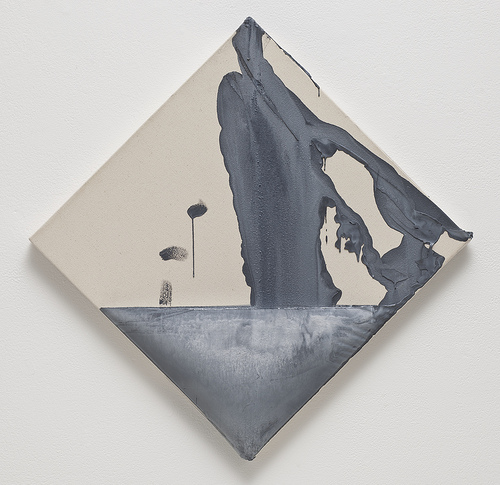

Gerhard Richter
Overpainted Photographs



Samara Scott


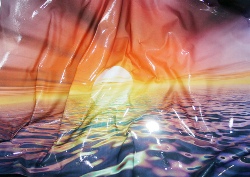
"Also – I had this really vivid memory of when I was a teenager cleaning this clarinet and I had this fluffy wand that you had to poke inside it and it all smelt of your own spit but was kind of clammy and cold. I have been really thinking about that – I really want to find a way for people to experience those really lucid sensory things, where the pleasure is really confusing."-Samara Scott
Shimabuku



Agnes Meyer-Brandis



“In the end its what we believe, and what type of story we tell.” -Meyer-Brandis
There is an old tale, almost certainly apocryphal, that is told about Picasso…
A man approaches Picasso at an exhibit of his work and says with great exasperation, "Why can’t you paint more realistically?" Picasso thinks for a minute and says, "Realistically. I guess I don't know what that is." Frustrated, the man takes a photograph from his billfold and says, "Look! Like this. This is my wife." Picasso takes the picture in his hand and looks at it. "She’s so small, he says, and turning the photo sideways, and so thin!" What could this man do to help Picasso see who his wife really is? Bring him a life-size photograph? Too flat. A statue? Too rigid. How about his actual wife? But which one? The happy one? The one who is angry with him for going off to the Picasso exhibit without doing the dishes?(Taken from press release for Rachel Harrison's exhibition The Help at Greene Naftali, New York--images shown below)
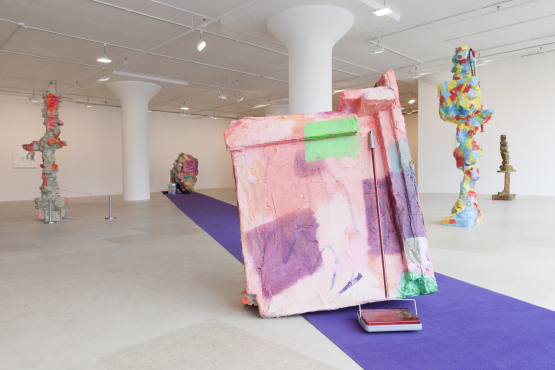


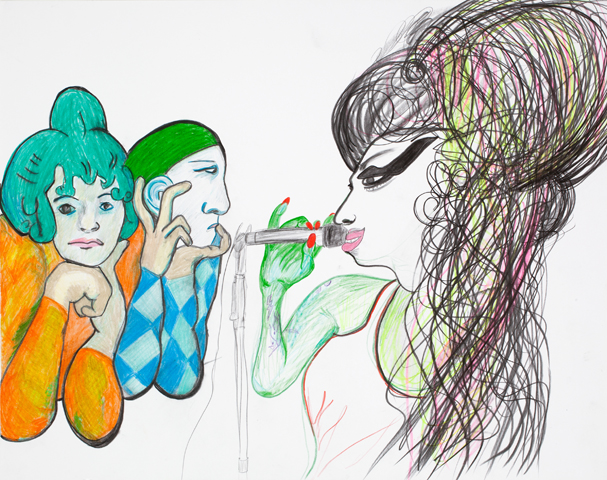

Excerpt from “Education by Infection” by Boris Groys
“The triple infection of the market, politics, and globalization, as they enter art practice and art education now, are joined together by this fundamental modernist viral strain. Indeed, this is not so much a strategy of tolerance and inclusion as a strategy of self-exclusion—of presenting oneself as infected and infectious, as being the embodiment of the dangerous or the intolerant. While so much contemporary art today that is socially based would seem to be just the opposite of this notion of self-exclusion in its focus on the agency of community, in fact the dissolution of the artist’s self in the crowd is precisely this act of self-infection by the bacilli of the social. And so this infection of the market and politics, of what was once conceived as intolerable to the rules of art’s identity, is unavoidable and the artist’s body undergoes within the academy all the stages of the bacilli’s intrusion: shock to the system, weakness, resistance, adaptation, renewal. This self-infection by art education must go on if we do not want to let the bacilli of art die.” (32)
Misshapen Pearl
In this film from the Startle Reaction exhibit shown at Dundee Contemporary Arts, Torsten Lauschmann uses the motif of the street lamp to discuss the ideological and social shifts that accompany consumer culture. He muses over the implications of the assertion of the street lamp in society–what this reveals literally (Light allows man to have success over night and therefore, body.) and socially–all in a streaming narrative of poetic clarity.
“A streetlamp is not a small sun, but since the existence of street lamps, has the sun not become but a gigantic street lamp?”
“The street is a space motivated by aesthetics rather than discourse; you are witnessing it by watching this film.”

